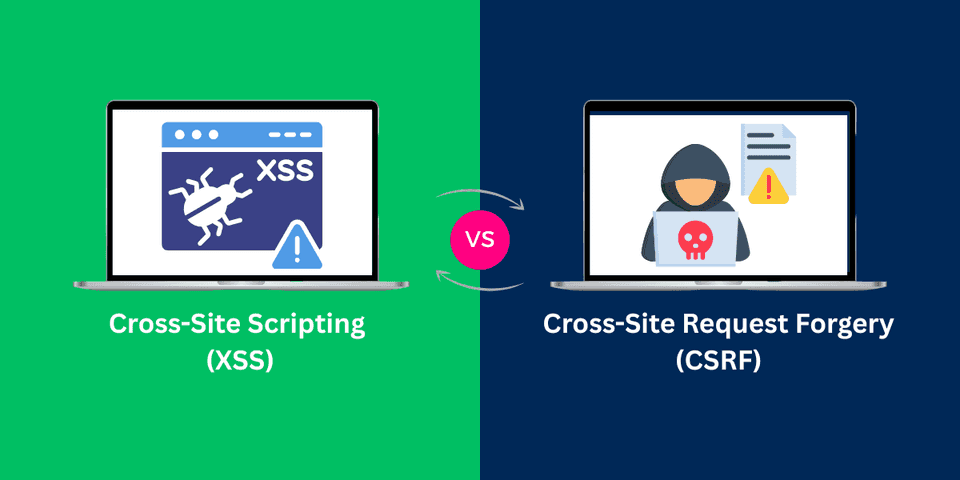Web Security, XSS & CSRF Mitigation. Adding security headers to your application.
Cross-site scripting (XSS) and cross-site request forgery (CSRF) are two of the most common security issues in modern web applications. Both exploit weaknesses in how user input is handled or how browser requests are trusted. Mitigating these risks involves a mix of input validation, session control, and proper HTTP headers.
What is XSS?
XSS happens when an attacker injects malicious scripts into web pages viewed by other users. If the application doesn’t sanitize input properly, the script runs in the browser of anyone who loads the page.
Common Example
A blog comment section that doesn’t escape <script> tags may allow someone to submit this:
<script>
alert("Hacked!")
</script>When another user loads the page, the script runs in their browser.
How to Prevent XSS
- Always encode or escape user input.
- Use libraries or frameworks that auto-escape HTML (like React or Django templates).
- Set the
Content-Security-Policy(CSP) header to restrict allowed sources of scripts.
What is CSRF?
CSRF tricks users into submitting unintended requests. For example, if a user is logged into a banking app, an attacker could get them to click a hidden form that transfers money without their knowledge.
Common Example
A malicious site could embed this HTML:
<form action="https://bank.com/transfer" method="POST">
<input type="hidden" name="amount" value="1000" />
<input type="hidden" name="to" value="attacker_account" />
<input type="submit" />
</form>If the user is logged in, the browser may send cookies with the request, making it look legitimate.
How to Prevent CSRF
- Use anti-CSRF tokens in forms.
- Validate the Origin and Referer headers.
- Set cookies with the SameSite attribute (
SameSite=LaxorSameSite=Strict).
Adding Security Headers
HTTP security headers provide an extra layer of defense. They are sent with responses and tell the browser how to behave.
Recommended Headers
Content-Security-Policy: Controls which scripts can run.X-Content-Type-Options: nosniff: Stops MIME-type sniffing.X-Frame-Options: DENY: Prevents clickjacking.Referrer-Policy: no-referrer: Limits information leakage.Strict-Transport-Security: Enforces HTTPS.
Example Configuration NGINX
add_header Content-Security-Policy "default-src 'self'";
add_header X-Content-Type-Options "nosniff";
add_header X-Frame-Options "DENY";
add_header Referrer-Policy "no-referrer";
add_header Strict-Transport-Security "max-age=31536000; includeSubDomains" always;Final Thoughts
Web security is not just about fixing bugs. It’s about reducing attack surface. XSS and CSRF can be avoided with the right input handling and browser-side controls. Use headers to reinforce trust, and never assume browsers will protect your users by default.
